Homeschooling | Teaching Beyond the Worksheet
- Ashley Qurollo

- Oct 2, 2023
- 6 min read
Updated: Oct 22, 2023
October 2, 2023
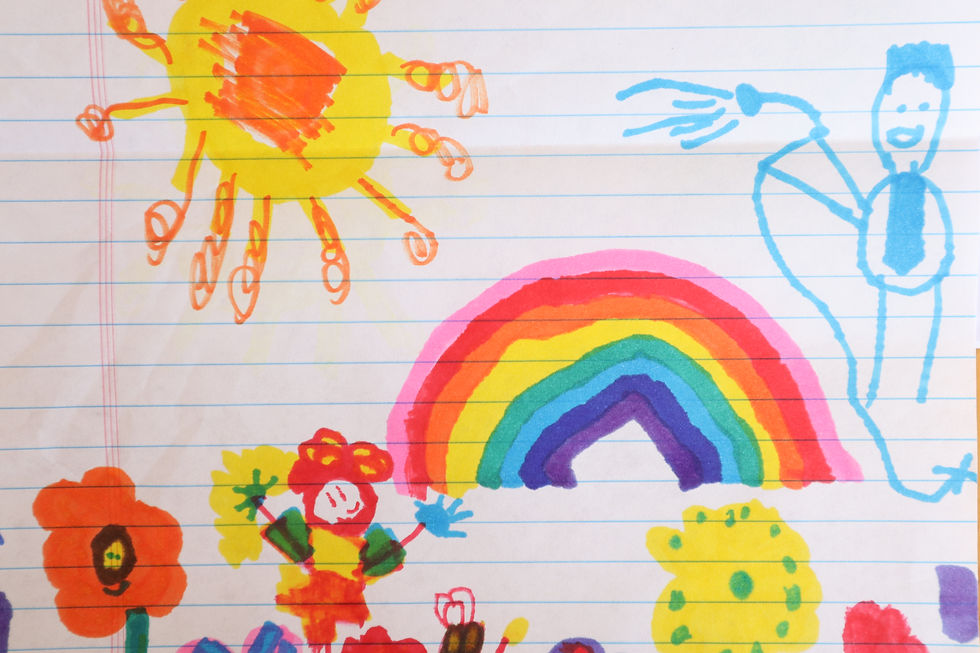
Welcome back! Bless you if you took time to read my thoughts on too many worksheets last week. Truly, I do not hate worksheets and actually use them selectively in my homeschool. But I am finding that trying to “get the worksheets done” actually takes time away from meaningful learning.
Meaningful learning is what I am here to talk about this week! In this post I will share 4 simple yet effective and actually engaging educational strategies. I am currently using these strategies in my homeschool, and I have a hunch that you and your students will actually enjoy using them in your homeschool. This is a longer blog post than normal, but I believe the content can help those who are truly seeking ideas for their homeschool.
Recently, during a special birthday tea with one of my dearest friends, she shared some of her school memories in South Africa as a student and then as an elementary school teacher. My friend, whom I will call Amy, recalls running off enormous quantities of worksheets for her students on the antiquated mimeograph machine in the morning (remember the worksheets with the blue ink?).
Amy also recalls one of her most memorable learning experiences in high school. Amy’s teacher spent time in Pompeii and then came back to teach with such excitement. Amy says, “It was as if we were living in Pompeii! We were eating out of our teacher’s hand!” To this day, Amy remembers those exciting history lessons, and I bet Amy didn’t just fill out a worksheet to learn about Pompeii. In a way, Amy was living the history with her teacher, and that’s what made the learning stick in her mind.
While we may not have the opportunity to visit a historical site or watch a real scientist at work, we as homeschool teachers can still provide meaningful learning experiences that bring learning right to the doorsteps of our children’s hearts and minds. Learning doesn’t have to be boring, and in fact, the more engaging the learning process is, the more our children will remember!
The more a child personally engages with the content, the more he will remember and hopefully understand. For this above reason, I do not think worksheets are the best option. Children’s engagement with content through a worksheet is minimal, and there are a number of more engaging strategies besides worksheets.
The four strategies I will share with you today are not original with me, and a number of trusted educators use these strategies. Below are several helpful resources that have taught me the importance of thinking beyond the worksheet:
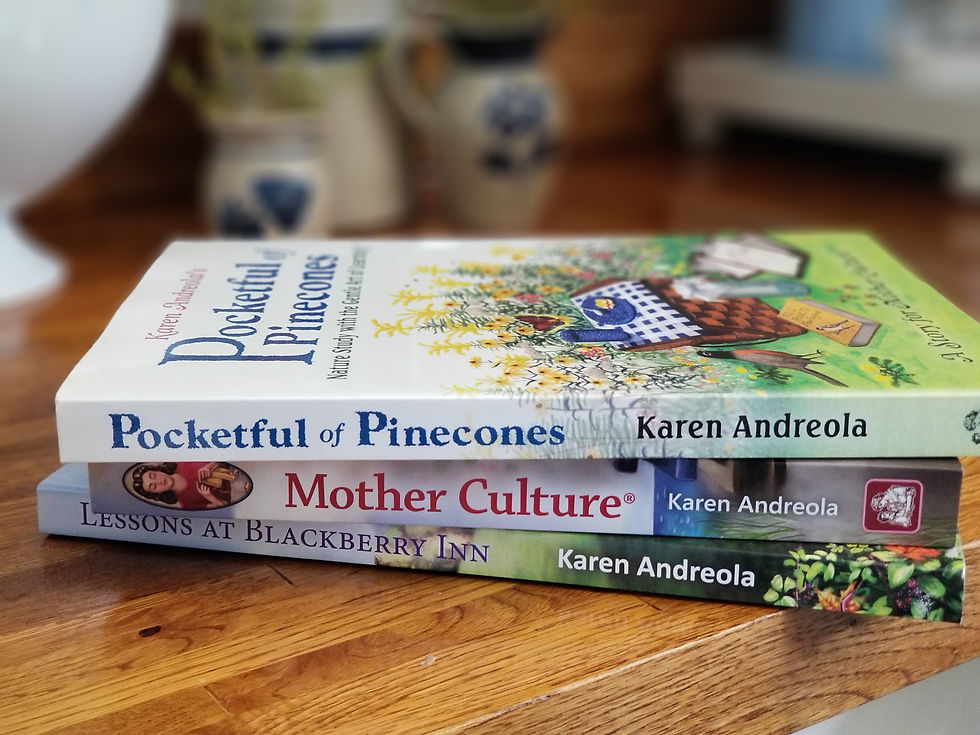
Educating the WholeHearted Child by Clay and Sally Clarkson (This book is what started changing my thinking about traditional Christian school education. This book opened my eyes to a beautiful world of learning. It lit a fire under me to research and teach my children in an exciting, engaging way.)
Pocketful of Pinecones by Karen Andreola
Lessons at Blackberry Inn by Karen Andreola
Charlotte Mason Companion (I have honestly just cracked the cover to this book, but the page I turned to was all about narration, one of my strategies!) by Karen Andreola
I discovered a new-to-me website during my research and really enjoyed this blog post by Abby.
The Well-Trained Mind by Susan Wise Bauer and Jessie Wise (an incredible repository for the homeschooler)
Let’s jump into 4 of my favorite strategies!
My absolute favorite teaching strategy with my children is reading to them. Hands down. It’s simple yet profound. I love (most days…) sitting on the couch reading engaging books to my kids. By far my favorite curriculum lends itself to cozying up on the couch together as we read and discover. The most boring curriculum I have purchased is one with little text to read and lots of random busy work.
Verbal Narration
Narration is simply telling back what you just heard. Narration is the ability to hear information and then condense it into a shorter yet meaningful form. For example, I may read a chapter out of a book to my child, and then I ask her, “What was this chapter about?” If she can’t tell me anything from the chapter, then I know that either she wasn’t listening or didn’t understand the content.
For very young children, begin by reading a small portion such as a paragraph and then ask an open-ended question such as, “Can you tell Mommy what I just read?” or “What just happened?”
For older children, you could read an entire chapter and then ask a child to say back to you what the chapter was about.
For children with higher-level thinking skills, you could ask more complex questions such as, “Did you notice any themes in the chapter?” or “Did you notice any cause and effect?”
As difficult as it may be, avoid jumping in and correcting your student. Let her talk, and give her ample time to think about what was read and then convey her thoughts to you.
As Karen Andreola points out in Pocketful of Pinecones and Lessons at Blackberry Inn, narration is a skill that takes practice. The more you practice narration with your children, the more comfortable and confident they will become with narration.
Journaling
Verbal narration paves the way for written narration, or journaling. We must first learn to think words in our minds, and then we put those words to paper. Journaling is a way for your student to put onto paper what she is learning.
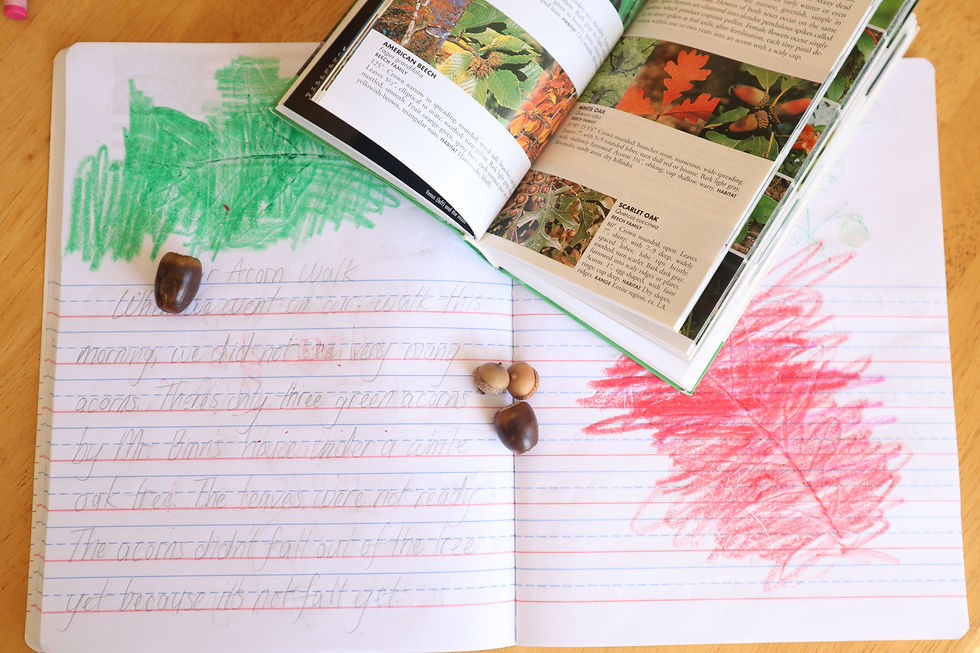
One of the absolute best educational tools that I believe in wholeheartedly is a simple, blank notebook. You got it. A blank notebook. Nothing written in it. No colorful pictures. No pages with all the information already neatly typed out. Just a plain book for my child to make her own and showcase what she has learned (or not learned if need be).
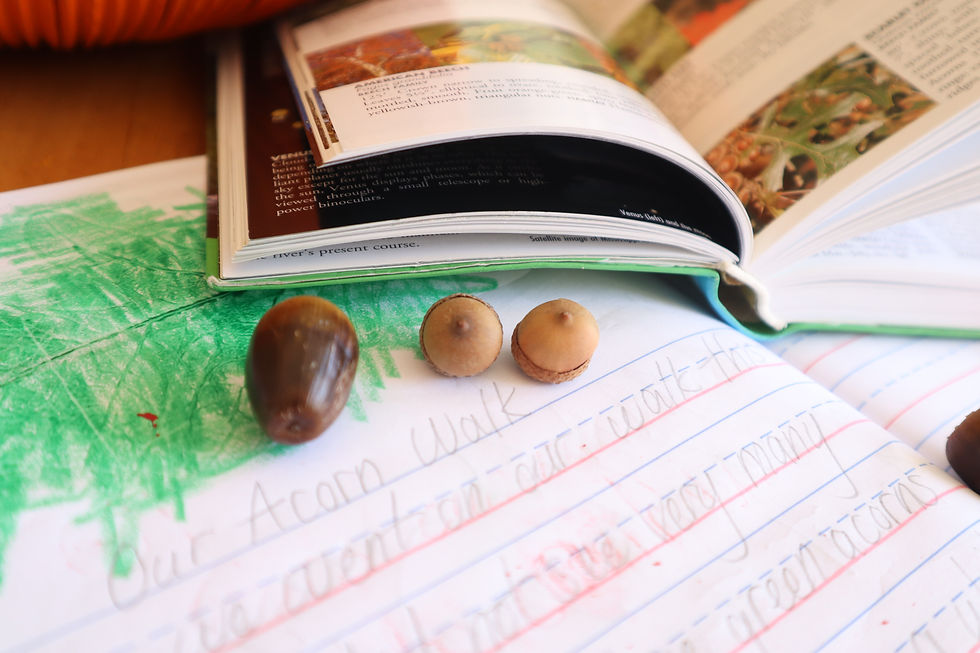
So why do I love blank notebooks? Because my child is then going to create her own notebook of what she is personally learning. In essence, she is creating her own “workbook” by showcasing what she has learned.
Think of it as the reverse of traditional, modern-day worksheets. Modern educational worksheets often have much of the necessary information right there on the sheet just waiting for the child to connect a few dots, so to speak. With a blank notebook, my child is essentially constructing her own “workbook” by showcasing what she has learned.
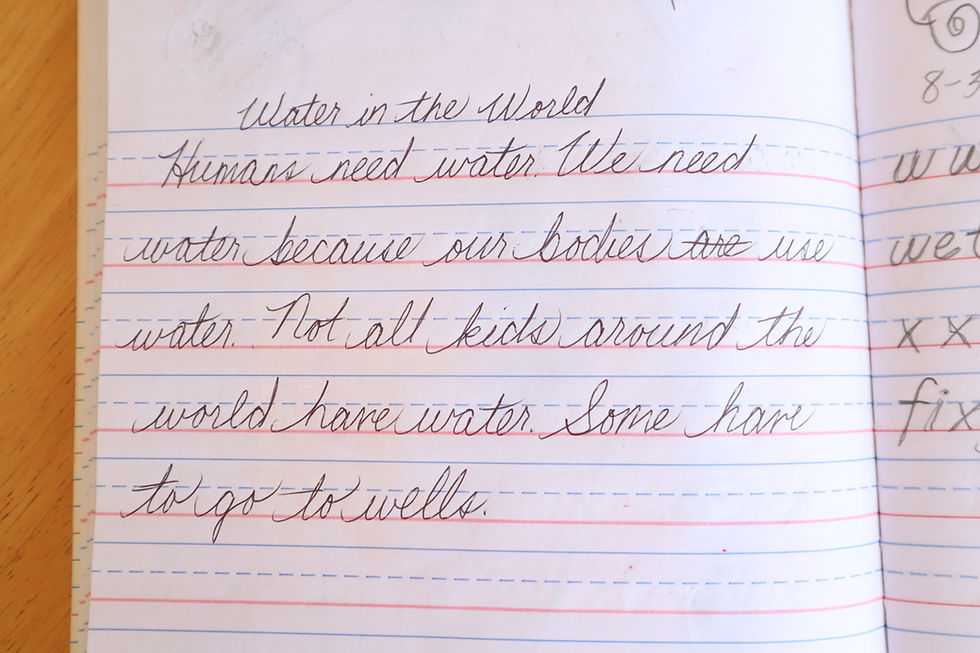
So what are some simple activities to do with a blank notebook?
The sky is the limit for what you can write in a journal, and I am not necessarily taking space in this blog post to cover every possibility for journaling. I use a journal as a way for my child to respond to what she has just learned or been exposed to. You could
--ask your child to draw a picture of what she just heard (perfect for non-writers)
--write 2 sentences about what she just heard
--dictate to you what the lesson was about and then you write down her words (You as the teacher are the scribe for a non-writer)
--for older children, let them role play a character and write a page about life as ________
--copywork—copy a meaningful sentence
--think of your own activity! Don’t be afraid to brainstorm ideas and have your children try them.
After we have finished reading about a topic, we open up my child’s journal, and then I ask her to begin telling me what we just learned. After a little coaching, I then write down what my child says. We then read aloud the “story” together. My oldest is very creative, so I usually have her draw a picture to go with our story which is a perfect way for her to engage meaningfully with the content.

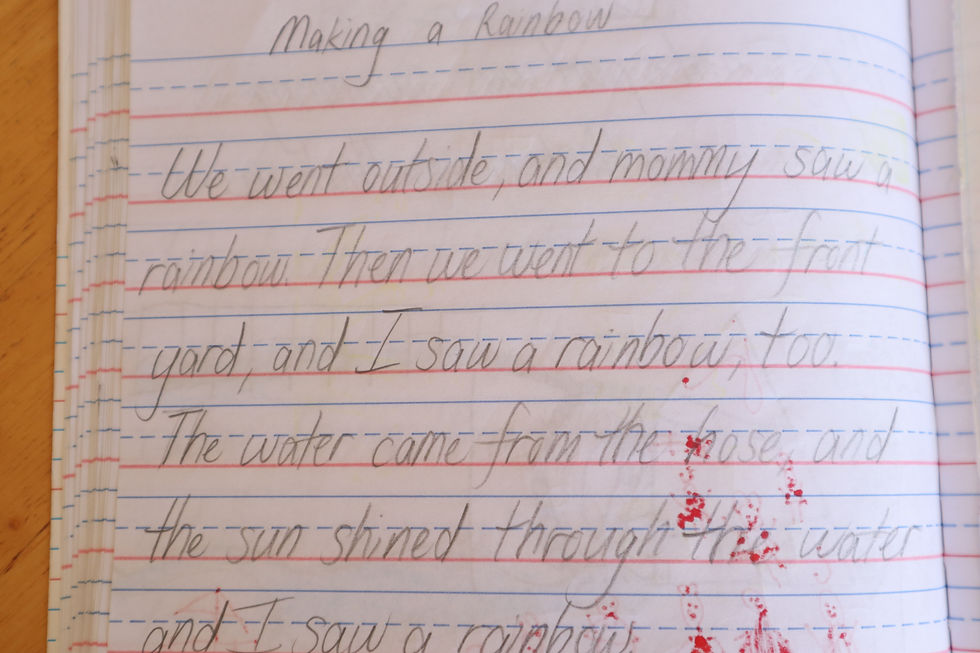
Another VERY important reason that I use journaling often in my homeschool is for record purposes. Think of the journal as a literal, written log of what my child has learned through the year. My child’s journal is essentially her portfolio, her proof of learning should we ever need to prove the validity of our homeschool. Needless to say, I keep all the journals from year to year.
Index Cards
These cheap little wonders could be used for just about anything! Be Creative! Have your student write out her spelling words on them and then arrange them into sentences. Have your student write out her math facts and then quiz YOU with her handmade cards!
I want my children to have very strong verbal and written communication skills. No matter what path they travel in life, they will need to be able to convey concepts and ideas to others through spoken and written words. Worksheets simply cannot give my children these valuable thinking and writing skills.
Do I use workbooks/worksheets in my school? Absolutely. But they have a definite purpose, and I as the parent am doing the majority of the teaching, not a worksheet.
-Ashley
#education #educate #learn #read #write #english #grammar #ideas #teacher #teaching #homeschooling #homeschool #homeschooler #teach #child #children #kids #language #arts #charlotte #mason #karen #andreola #clarkson #clay #sally #wholehearted #narration #narrate #journal #journaling #index #cares #verbal #narration #reading #ashleyqurollo #notebook #science #field #guide #books #book #exciting #engaging #boring







Thank you Ashley for sharing the profound way you teach your children!
I am sure you kiddos will be able to communicate properly and they will remember that Mommy is the best teacher. I can see your knowledge spilling into your children, by their actions and speech!
I enjoy reading your blog 😊
Mary P